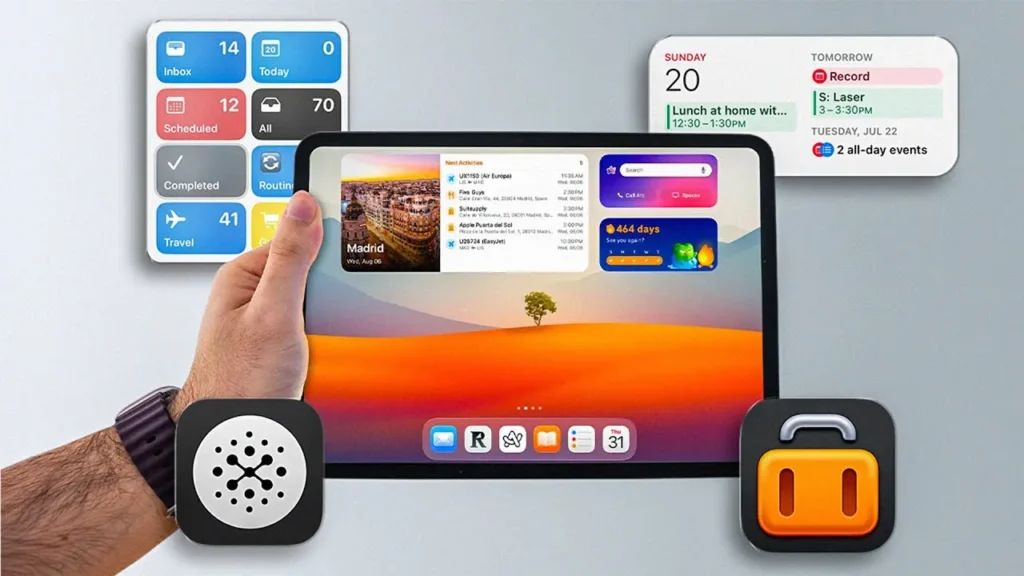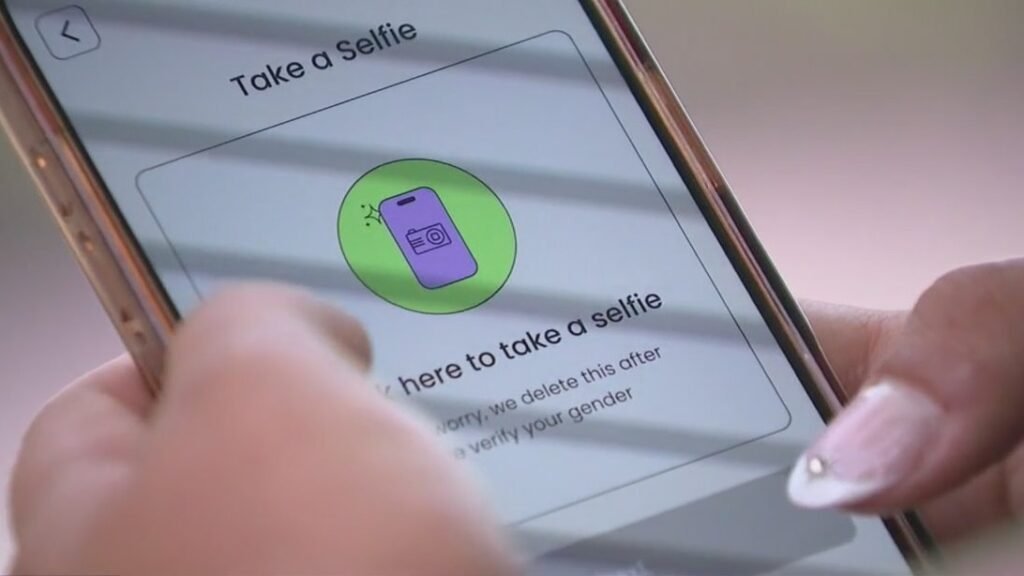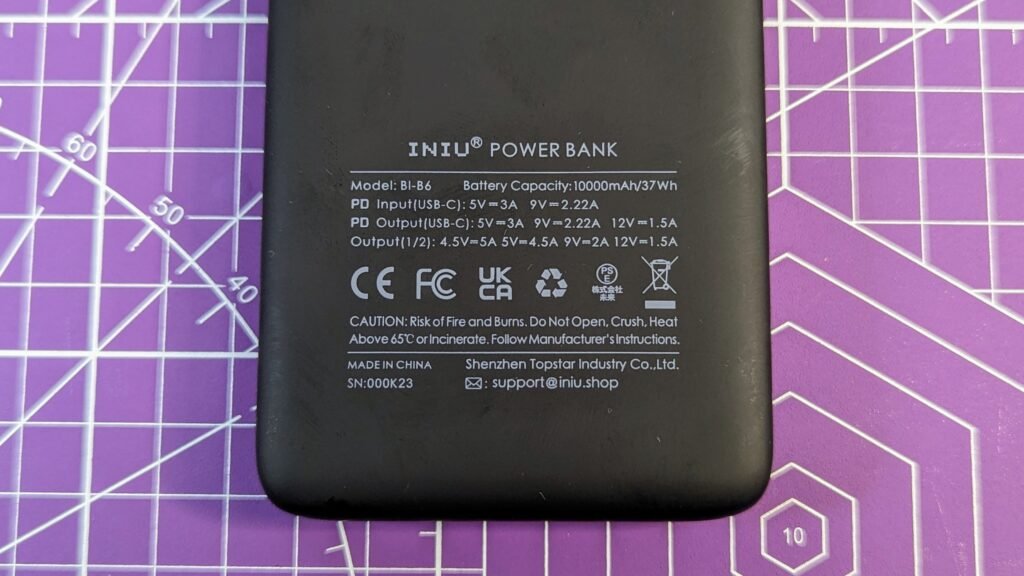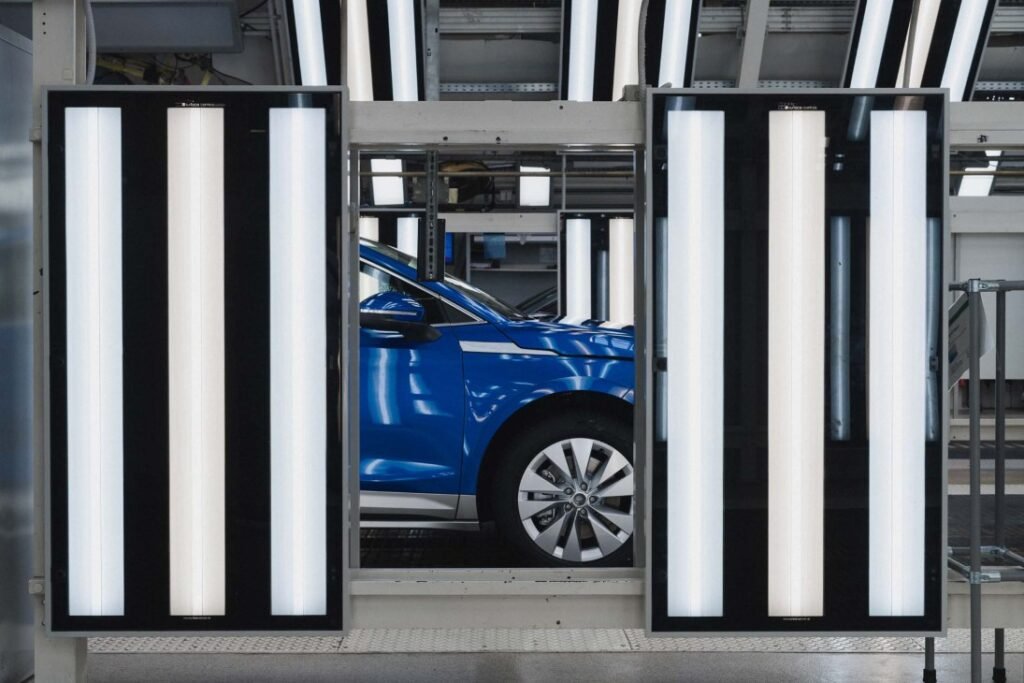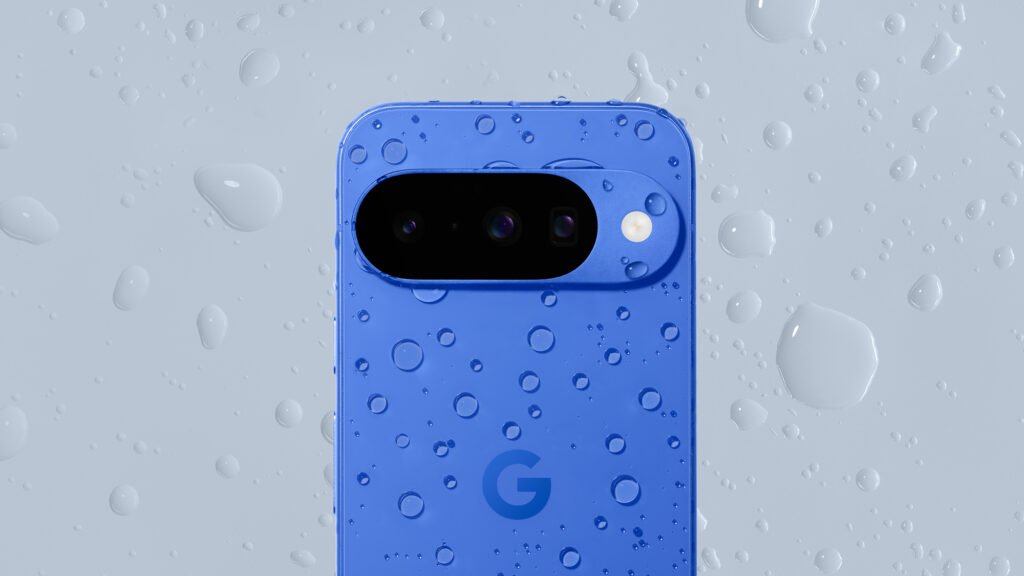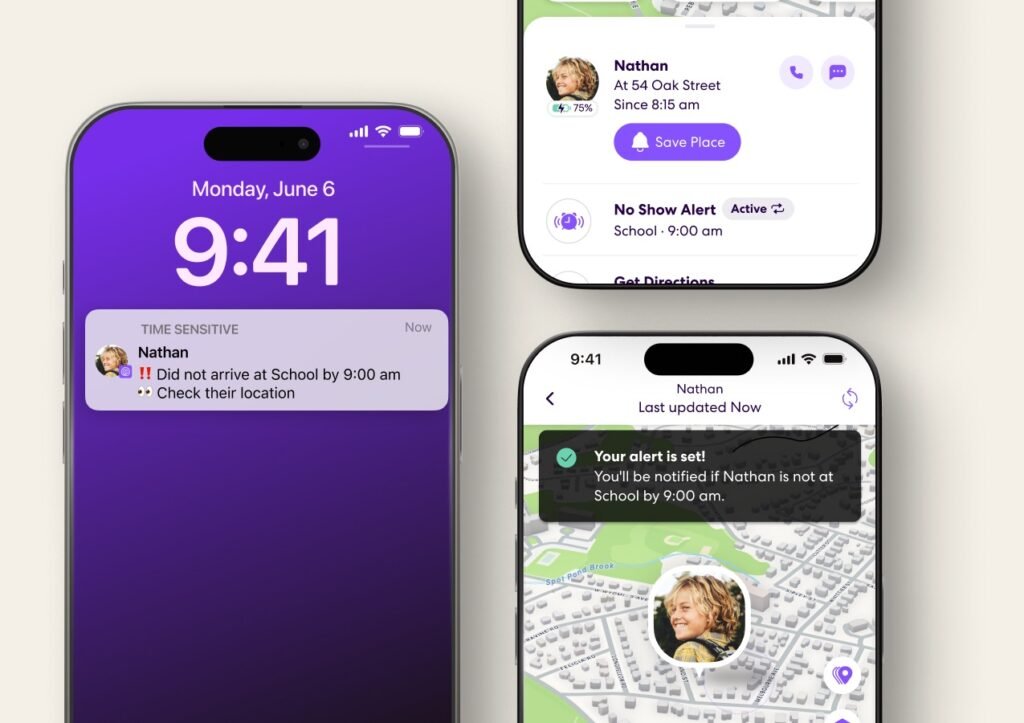With the Pixel 10 series, Google has, in some ways, brought the standard model closer to the level of the Pros than we’ve ever seen before. But in other ways, there are still quite a lot of differences between the Google Pixel 10 and its Pro-level siblings, and even between the Pixel 10 Pro and the Pixel 10 Pro XL.
Below, you’ll find a rundown of the key ways in which these phones differ from one another. The focus here is on the differences, so if we haven’t mentioned something, it’s likely that it’s the same or similar across all three devices.
Of course, arguably the biggest difference you’ll have to consider is the price, but once you get to grips with the other ways in which these handsets differ, you’ll be better equipped to decide which Pixel 10 to buy.
The Google Pixel 10 Pro XL has the biggest screen
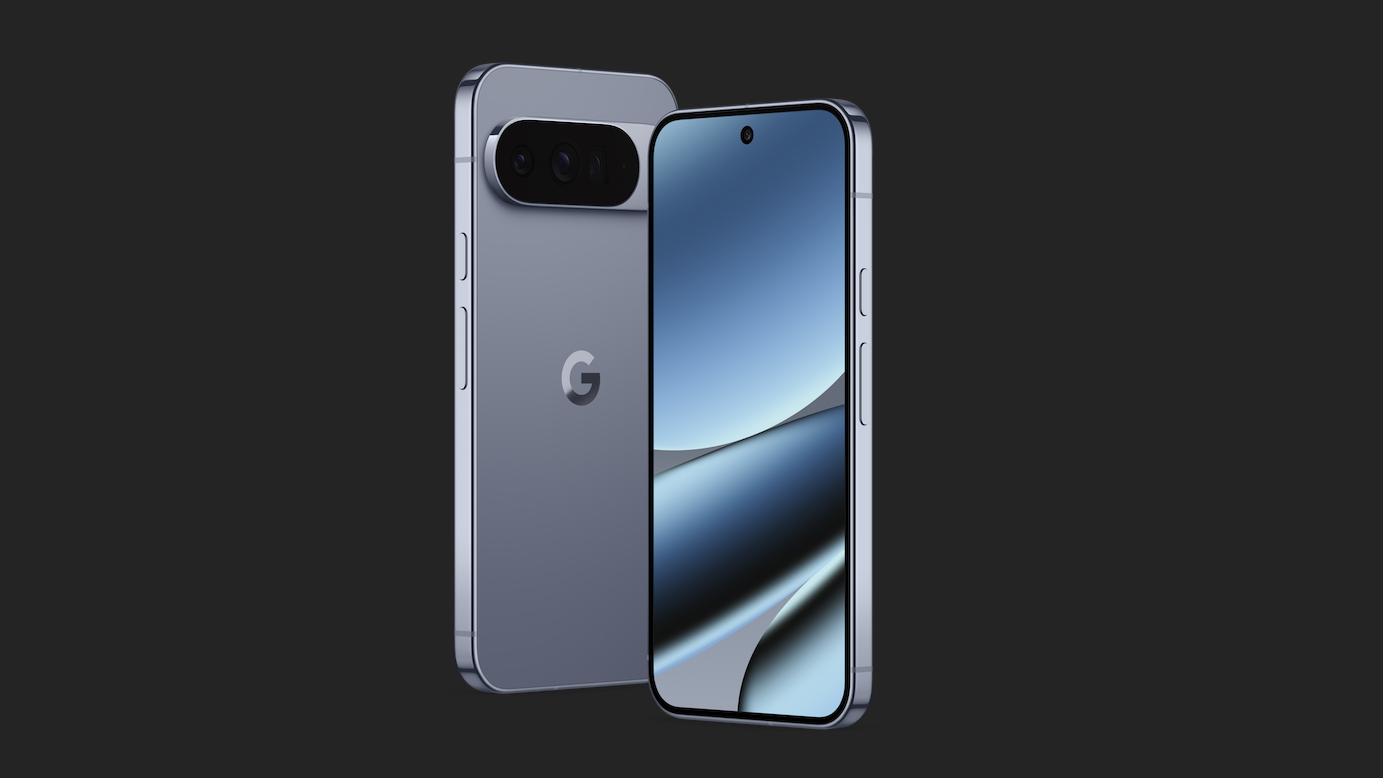
If you think bigger is better, then the Google Pixel 10 Pro XL is obviously the best choice of these three phones, as at 6.8 inches, its screen is far bigger than the 6.3-inch Pixel 10 and Pixel 10 Pro.
It’s also the highest resolution of the three at 1344 x 2992, though at 486 pixels per inch (ppi), it actually has a slightly lower pixel density than the 495ppi Pixel 10 Pro. The 422ppi Pixel 10 is the least sharp, though the difference is small enough to hardly matter.
The Google Pixel 10 also loses out on the brightness front, topping out at 3,000 nits compared to 3,300 nits on the Pro models. And it’s a similar story for refresh rate, as while all three phones can reach 120Hz, the Pixel 10 can only drop as low as 60Hz, while the Pixel 10 Pro and Pixel 10 Pro XL can get all the way down to 1Hz – which is great for conserving battery when a high refresh rate isn’t needed.
The Pixel 10 loses out for RAM and storage
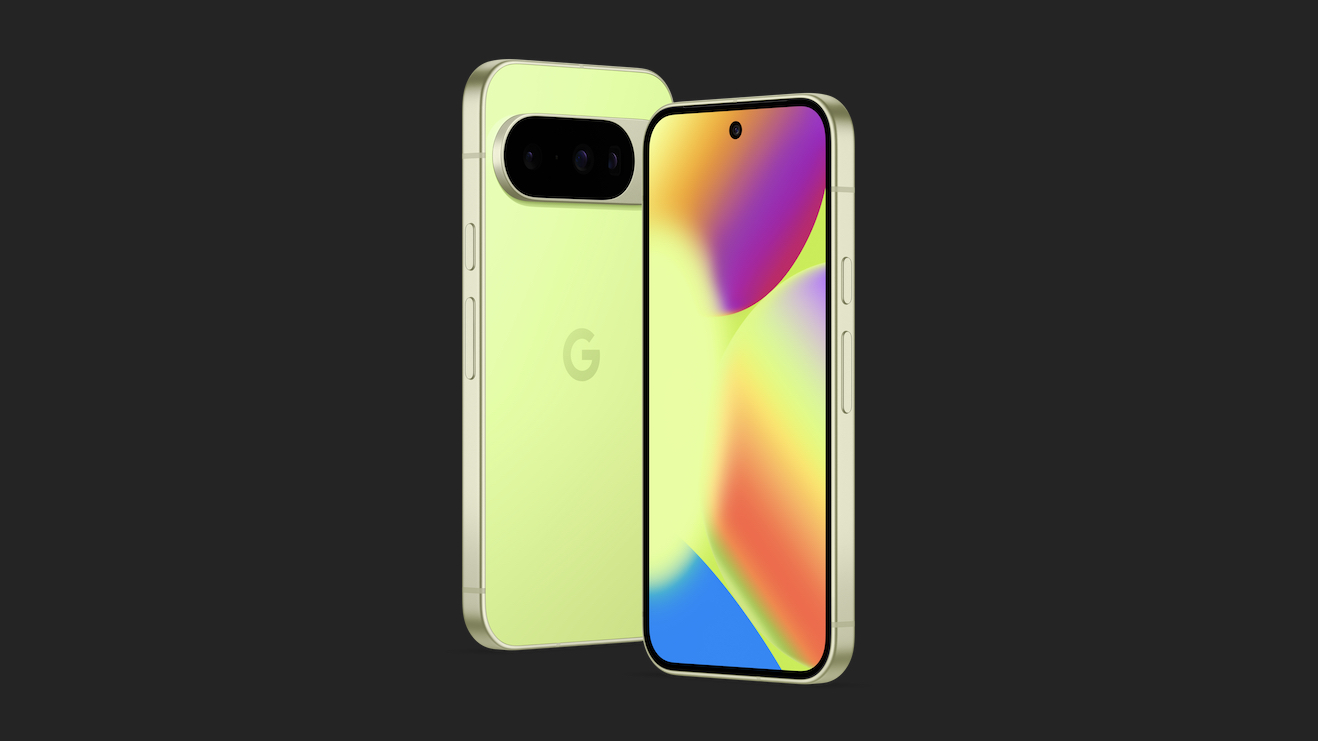
The standard Google Pixel 10 doesn’t have as much RAM as its siblings, at 12GB rather than 16GB.
Sign up for breaking news, reviews, opinion, top tech deals, and more.
It also comes with less storage at the top end – you can choose between 128GB and 256GB models, while the Google Pixel 10 Pro and Pixel 10 Pro XL top out at 1TB.
However, while less RAM might impact the Pixel 10’s performance a bit, it does at least still have the same Tensor G5 chipset as the other models.
You’ll get better cameras with a Pro

All three of these phones have a triple-lens camera on the back, but the best specs are reserved for the Pro models.
The Google Pixel 10 Pro and Pixel 10 Pro XL each have a 50MP f/1.68 wide camera, a 48MP f/1.7 ultra-wide, and a 48MP f/2.8 telephoto camera (with 5x optical zoom) on the back, along with a 42MP f/2.2 front-facing camera.
The standard Google Pixel 10 instead has a 48MP f/1.7 wide camera, a 13MP f/2.2 ultra-wide, a 10.8MP f/3.1 telephoto (with 5x optical zoom), and a 10.5MP f/2.2 front-facing camera. So, you’re getting quite a lot more megapixels with the Pro models.
The Google Pixel 10 is the lightest

While the standard Pixel 10 has weaker camera and RAM specs than its Pro siblings, it does at least weigh less as a result, coming in at 204g. Admittedly, that figure only makes it negligibly lighter than the 207g Pixel 10 Pro, but it’s quite a lot lighter than the 232g Pixel 10 Pro XL.
And while the Pixel 10 and Pixel 10 Pro have identical dimensions, the Google Pixel 10 Pro XL is, of course, quite a lot larger.
The main other differences in their design and builds relate to the colors, with the Pixel 10 coming in Indigo, Frost, Lemongrass, and Obsidian shades, all with a satin finish, while the Google Pixel 10 Pro and the Pixel 10 Pro XL are available in Moonstone, Jade, Porcelain, and Obsidian shades, all with a matte finish.
The Pixel 10 Pro XL charges fastest
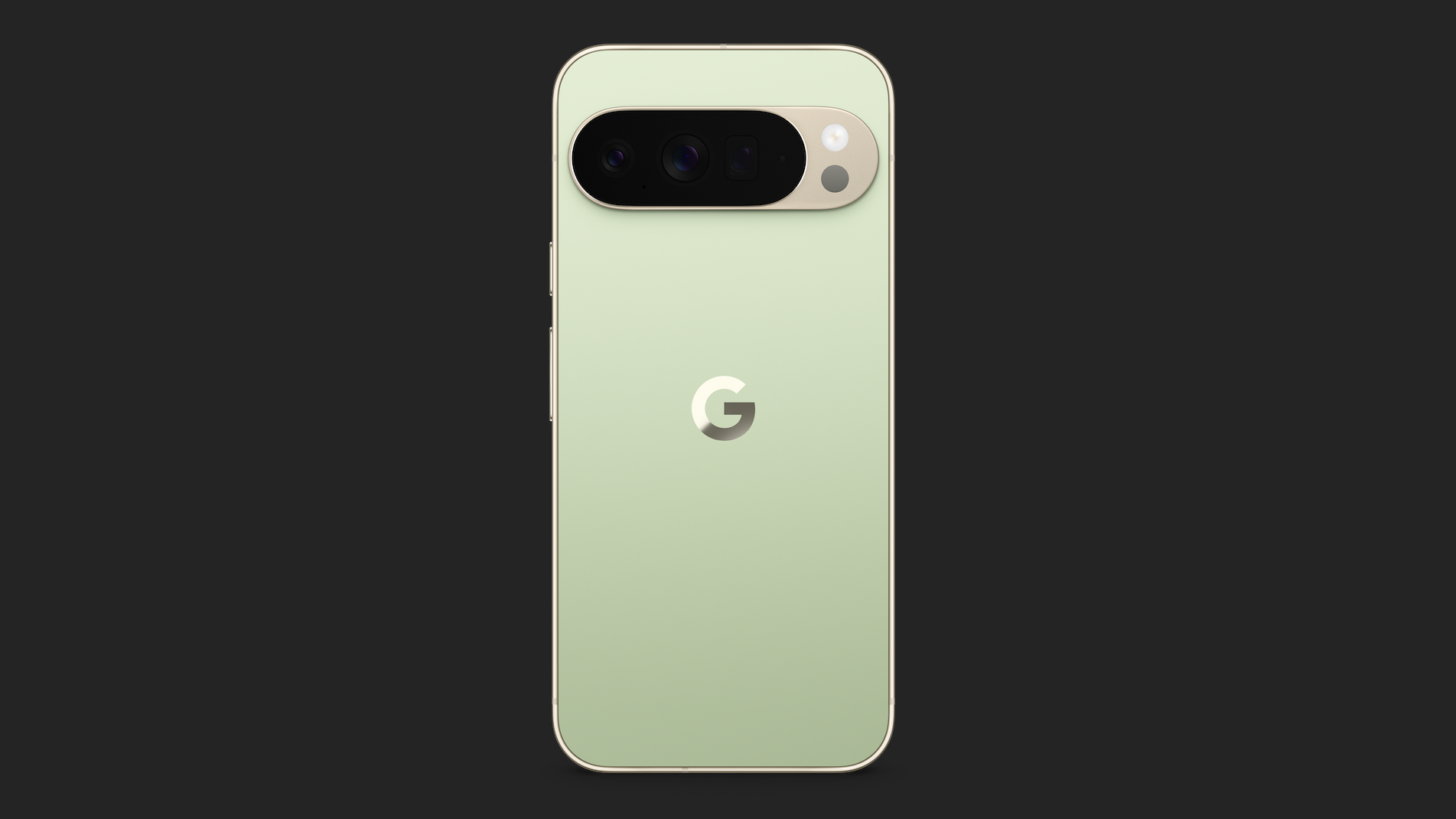
These three phones each have a different battery capacity, with the Google Pixel 10 having a 4,970mAh battery, the Pixel 10 Pro having a 4,870mAh one, and the Pixel 10 Pro XL having a 5,200mAh one. But despite that, Google claims they’ll all last for upwards of 30 hours, or for up to 100 hours with Extreme Battery Saver mode.
So, there might not be much to separate them here (though we’ll let you know in our full reviews), but the Google Pixel 10 Pro XL should still have an advantage, as it charges faster. Google claims you can juice this device up to 70% in around 30 minutes using a 45W charger, while the Pixel 10 and Pixel 10 Pro only support charging power of up to 30W, and can reach 55% in around 30 minutes of charging.
The Pixel 10 Pro XL also has an advantage with wireless charging, supporting charging power of up to 25W, while the other two models top out at 15W.

